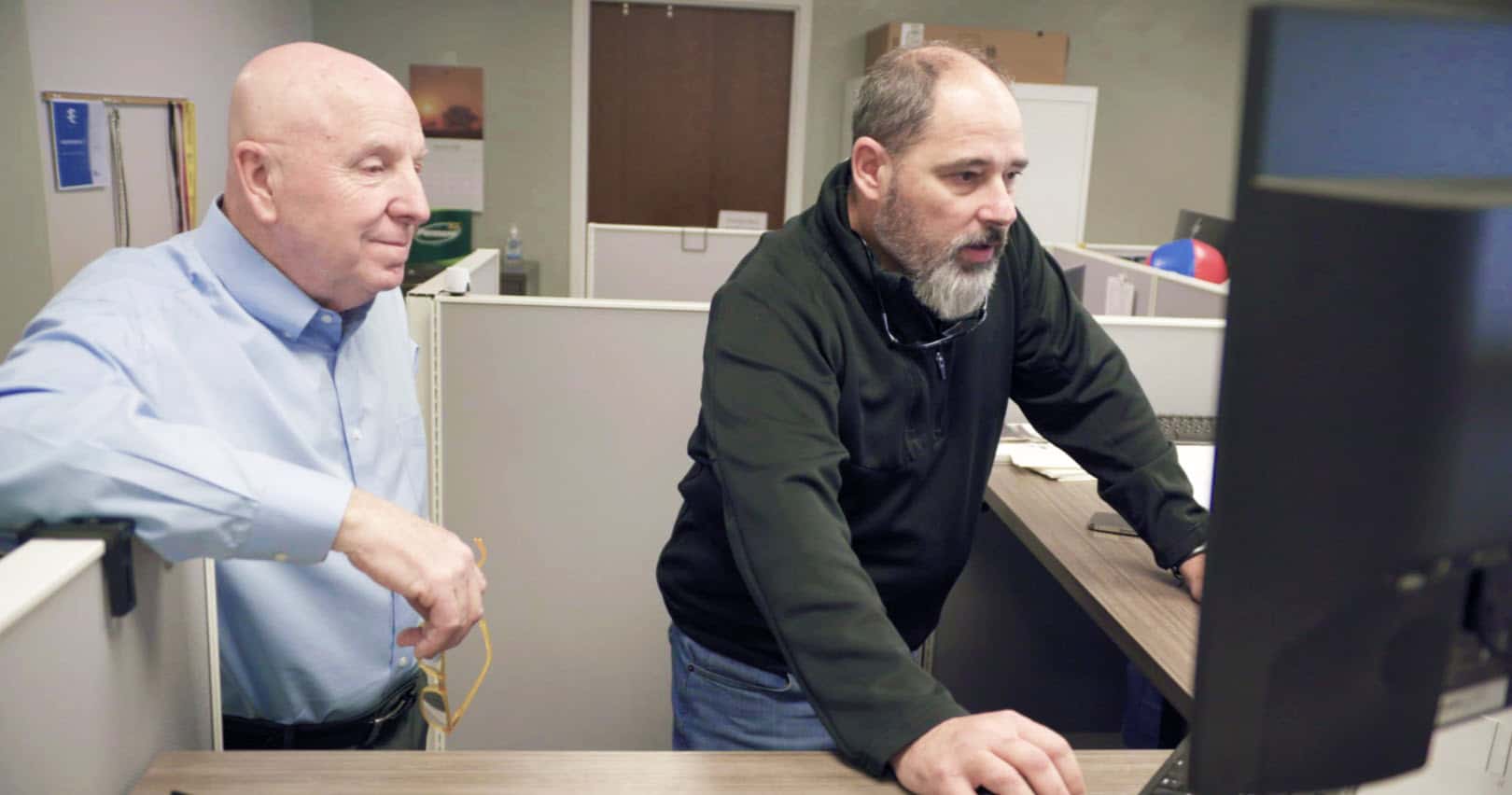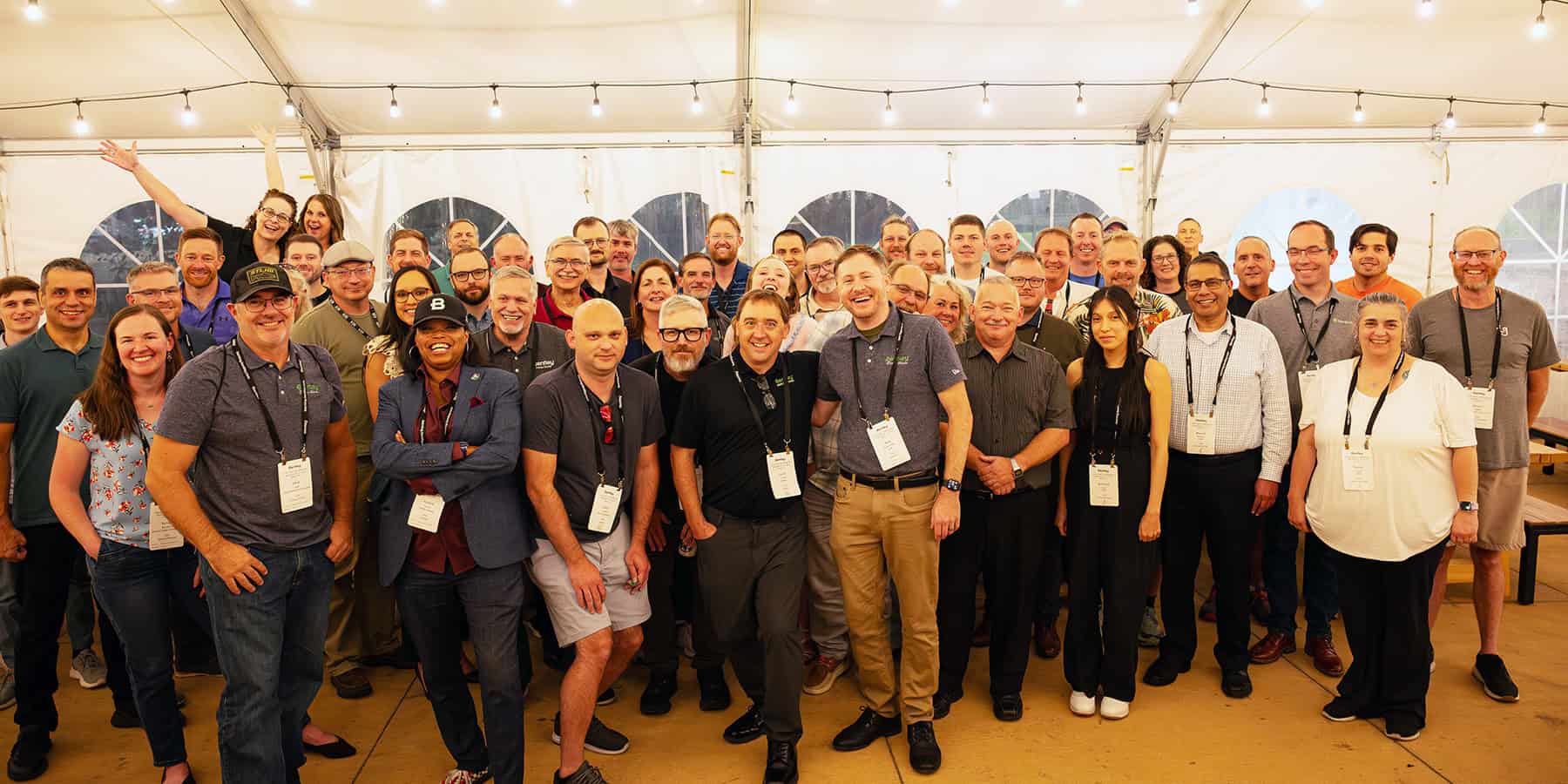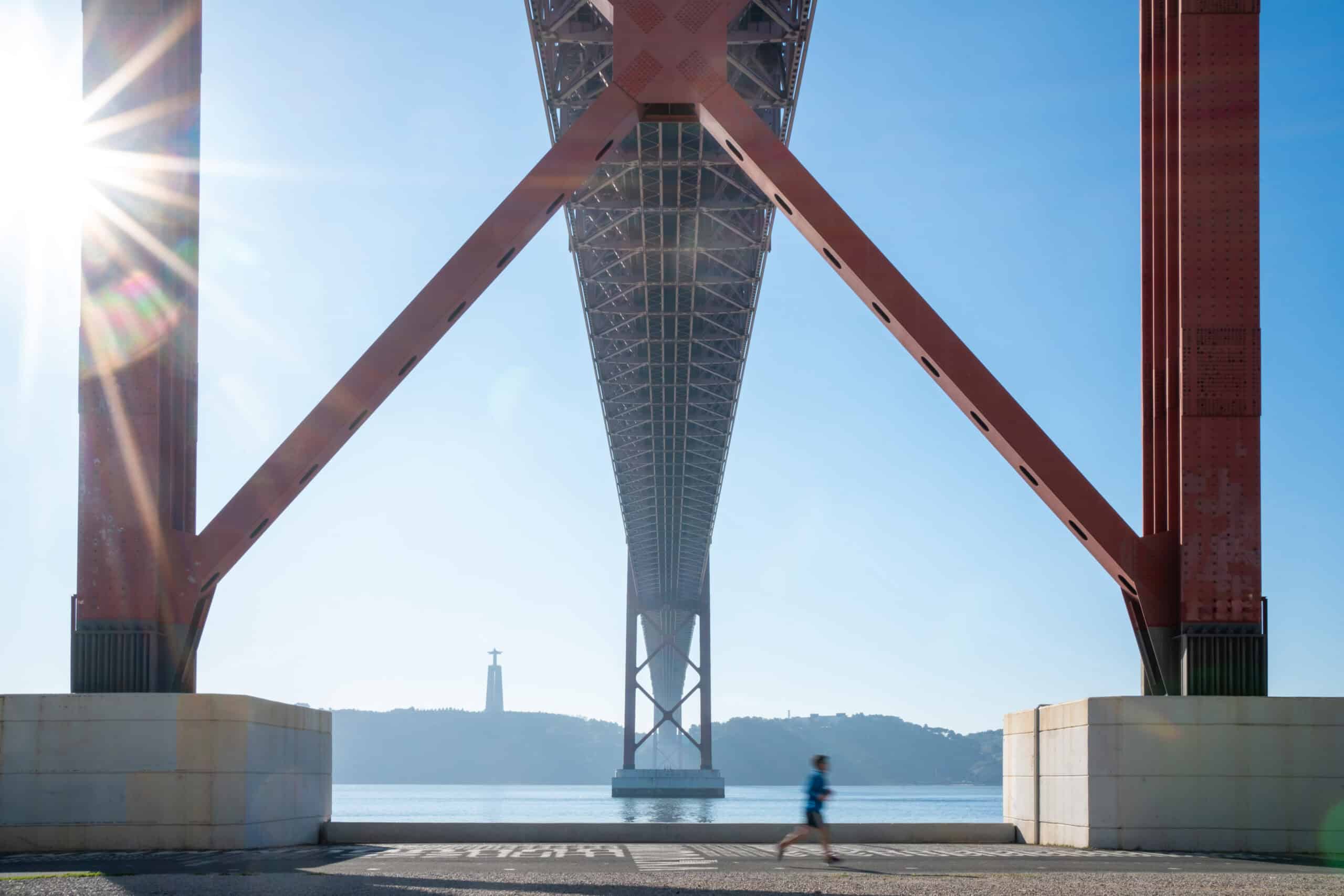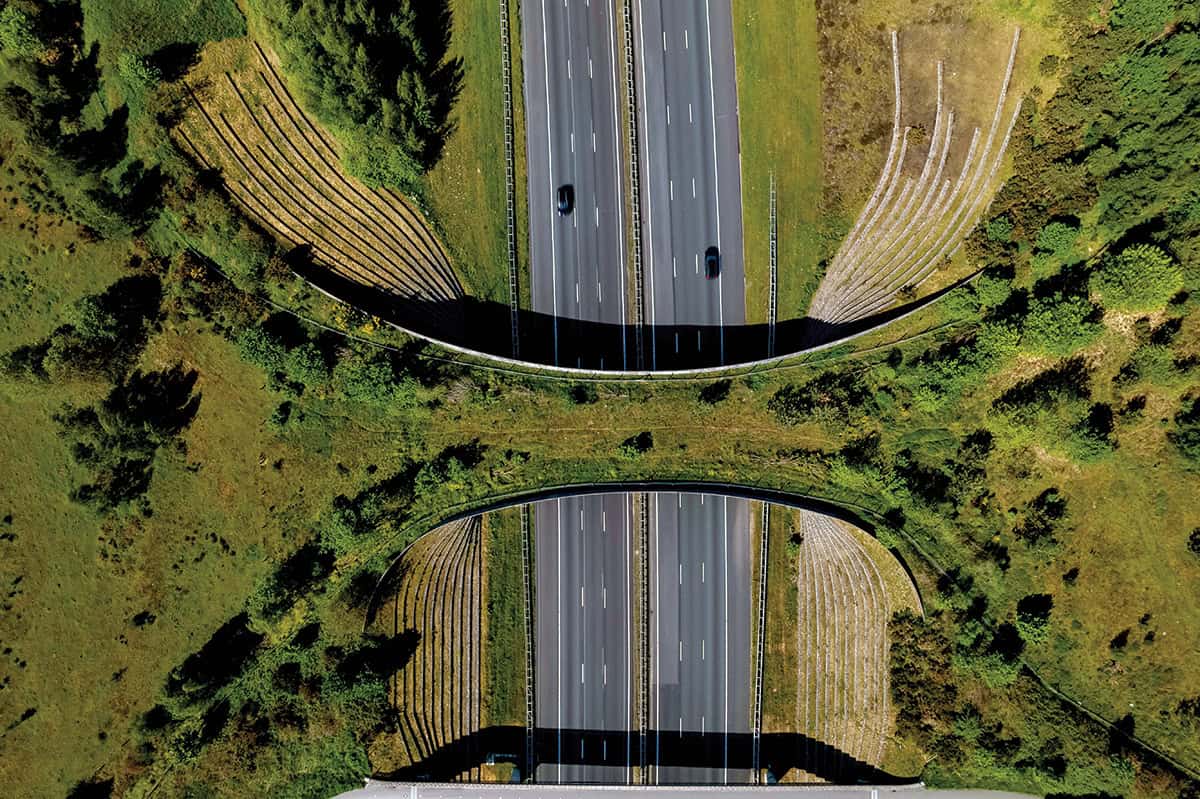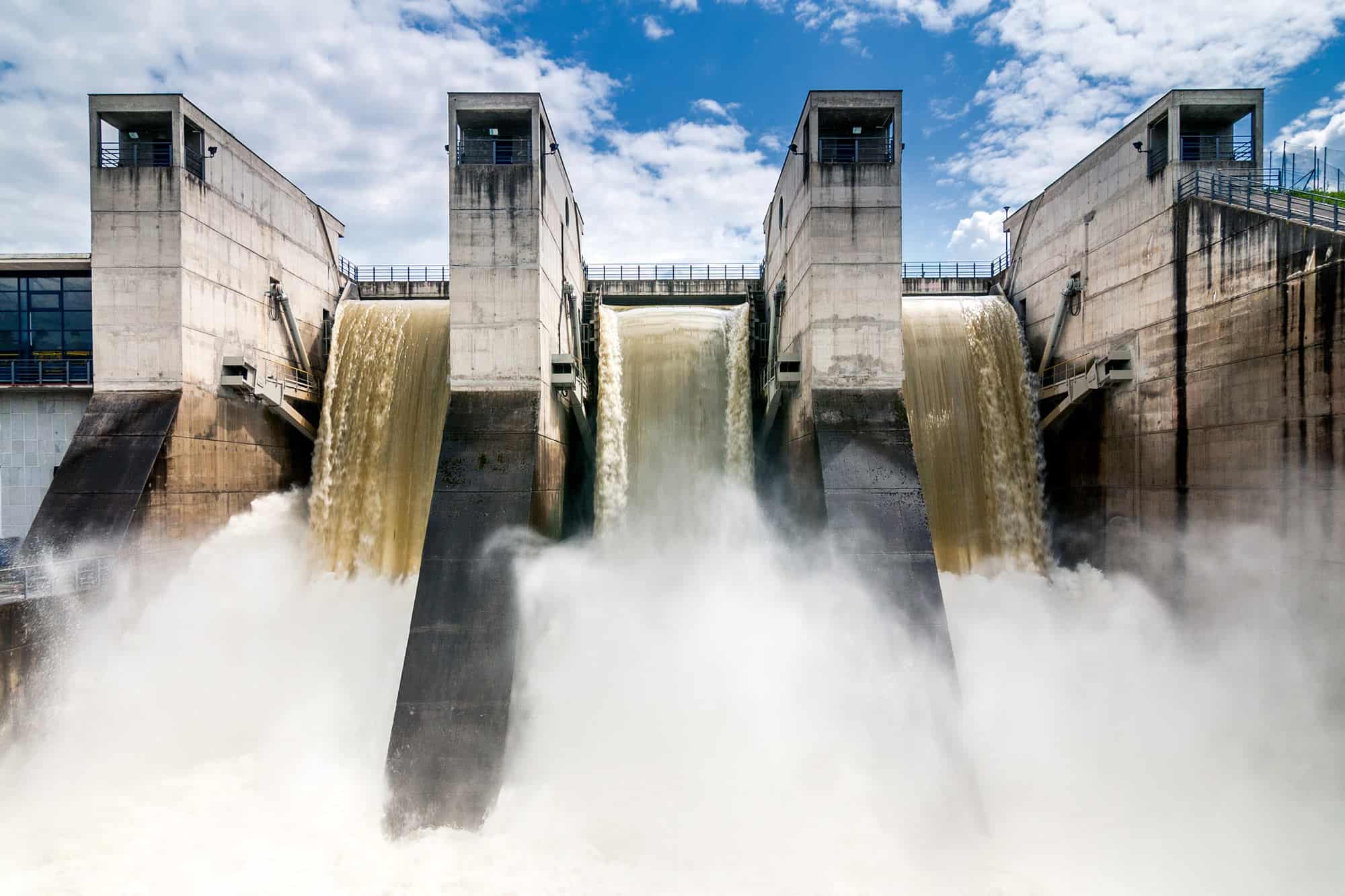Insights from Pennoni: How OpenSite+ Is Changing Site Design
As a child, Joe Viscuso, senior vice president and director of strategic growth at Pennoni, was always interested in building things, which led him to a career in civil engineering. Over the past 40 years, he has worked on countless land development projects. He notes that one of the most intriguing aspects of this work is that no two projects are ever the same.
“You can have two one-acre sites that may look alike,” Viscuso explains, “but they’re dramatically different because, as a civil engineer, we’re working from the ground up, and the ground is never the same.”
Throughout his career, he has witnessed a wide range of innovative changes to civil engineering design, from manual drafting to the rise of CAD. Today, Viscuso feels that adapting to new technology is no longer optional—it’s now essential to overcome today’s engineering challenges. As he reflects on his extensive experience, he predicts the improvements realized from OpenSite+, including advanced artificial intelligence capabilities, will be especially impactful.
The Tough Terrain: Site Civil Challenges
In today’s fast-paced world of site design, staying ahead of both the technological and workforce challenges is more important than ever. Engineers often struggle with the limitations of traditional 2D CAD workflows, which can slow progress and create inefficiencies. Manual design processes lead to repetitive tasks that take up valuable time, while poor data interoperability makes collaboration across teams more difficult. These challenges reduce productivity, increase the risk of errors, and hinder effective teamwork.
Beyond technology, the industry faces growing workforce pressures. An aging workforce and a shortage of skilled professionals are creating a widening expertise gap. Many firms experience bottlenecks and inefficiencies due to an over-reliance on engineers for both design and drafting tasks. To add to this growing challenge, coordinating across different locations and time zones further complicates remote and global collaboration.
Engineers must also navigate a complex and evolving regulatory landscape, staying compliant with increasingly stringent standards. Meanwhile, the shift toward digital deliverables and integrated workflows adds pressure to adopt new technologies, something that’s not easy for every organization. Tight deadlines and frequent client-driven changes demand quick adaptation and efficient project management, making it clear that traditional approaches are no longer enough.
In this competitive environment, software like OpenSite+ attracts tech-savvy workers who are looking for companies that use modern technology. This allows companies to operate better and attract new employees who want to work with the latest technology.
Highlight Reel: What Makes OpenSite+ A Game-Changer
OpenSite+ is built specifically for site engineering to help engineers work smarter, not harder. It has innovative AI features that address site challenges and change the way civil site designs are created.
AI Drawing Production
Site engineers often face the tedious and repetitive task of creating drawings, such as annotations, labeling, and sheeting. These manual tasks take up significant time and can delay projects. OpenSite+’s AI drawing production feature automates these steps, allowing firms to deliver construction drawings up to 10 times faster.
“I think that the use of AI in the plan production process will save the engineers time. Time is money to the client. And that ability to move projects more quickly through our processes here, right from that initial concept to the preliminary design, through the final design, through the opening of the door or opening of the facility, whatever that’s going to be, that timeline is going to be shortened. And that’s important to everybody.”
– Joe Viscuso
Bentley Copilot
Finding critical information, such as zoning requirements, parking counts, and more, can be a time-consuming task for site engineers. Bentley Copilot uses natural language commands, both written and voice-activated, to allow engineers to find information quickly.
Instead of manually searching documents, site engineers can ask questions and get evidence-based answers sourced from their project documentation that they upload. This feature saves time and reduces manual effort, empowering engineers to make faster and more accurate design decisions.
Earthworks Optimization
Grading a site is one of the most significant parts of site design and can greatly impact construction costs and risks. Often, evaluating multiple grading options can take a lot of time.
OpenSite+ offers a one-click optimization tool enabling firms to evaluate site layouts and construction costs in minutes. The result? Efficient, cost-effective sites that help manage grading risks, identify potential issues early, cut costs, reduce resource waste, and speed up timelines by minimizing unnecessary earth movement.
“To get the site grading correct, you maybe could look at one or two or three alternatives with a client. There’s a two-month gap in between because that is how much calculation has to be done. With OpenSite, you’re getting those results in seconds and minutes.”
– Joe Viscuso
Core Competencies: The Essentials Of OpenSite+
We’ve highlighted how OpenSite+’s AI capabilities automate tasks and optimize design, but these features are built upon core functionality essential for site engineering. They ensure that the fundamental features critical to your daily workflow are included and fully integrated.
Data Acquisition
Consolidating data in different formats into a project-ready foundation is an important step to kicking off a successful site project. OpenSite+ aims to streamline the initial stages of a site development project by enabling the integration of contextual information from multiple high-quality resources like World Terrain (Cesium tiles), CAD files (DGN, DWG), and more.
This way, engineers are empowered to start projects faster with greater accuracy. Teams will be able to focus on strategic tasks and deliver higher quality results to the client.
Integrated Drainage
When designing a site, switching between various platforms for drainage design and analysis can be disruptive. OpenSite+ offers a seamless design-analyze-optimize workflow within the same environment used for site layout and documentation, serving as a one stop solution for integrated drainage design.
This workflow helps to ensure accuracy in drainage calculations and significantly reduces the risk of data loss. By offering this integration into a time-saving unified platform, users’ efficiency and accuracy are enhanced, resulting in quicker project completion.
Digital Delivery Support
One of the biggest challenges in site engineering today is meeting the increasing demand for digital integration and deliverables. To tackle this problem, OpenSite+ is designed to support digital delivery workflows. It allows users to design with the ease of 2D in a 3D model while managing the entire concept-to-final design in one single platform.
As a result, users can adopt new digital methods without losing the familiarity of traditional practices. Plus, it’s digital twin native, aligning with Bentley Infrastructure Cloud capabilities. This comprehensive approach helps bridge the gap between old and new methodologies.
From Tradition To Innovation: Embracing OpenSite+
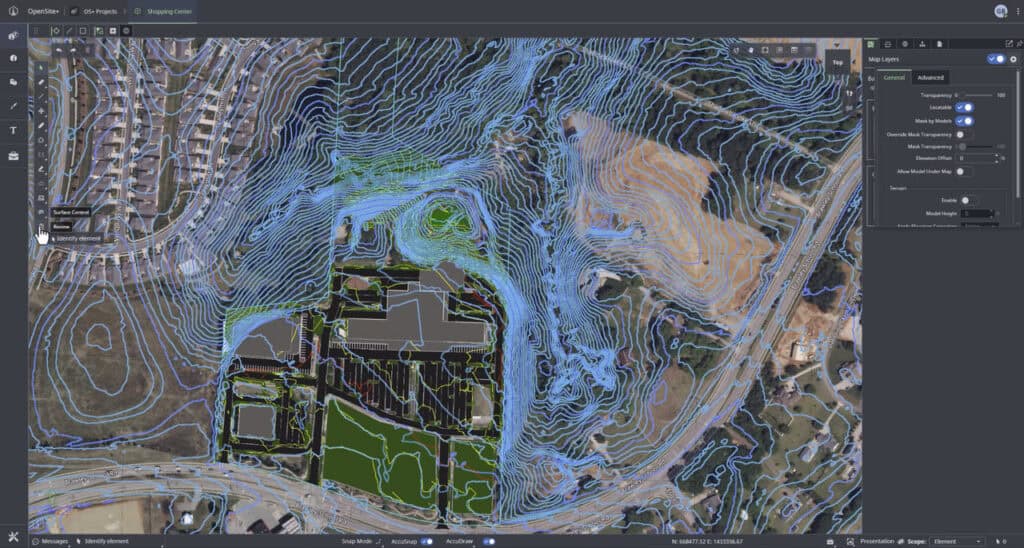
Viscuso’s Lifelong Passion For Engineering
When asked if he’d rather be doing anything else besides engineering, Viscuso’s answer is clear: “I do think this is it for me.” His deep-rooted passion and commitment come from the tangible results of his work where he has the ability to design something and see it developed, built, and, ultimately, used by the end user.
There’s a genuine satisfaction that comes from being able to point to a completed piece of infrastructure and say, “I worked on that project.” Whether it’s contributing to significant infrastructure efforts nationally or everyday infrastructure in his hometown, civil engineering gives Viscuso the chance to make a lasting impact doing what he truly loves.
Ready to dive deeper? Visit the product page at Bentley.com
